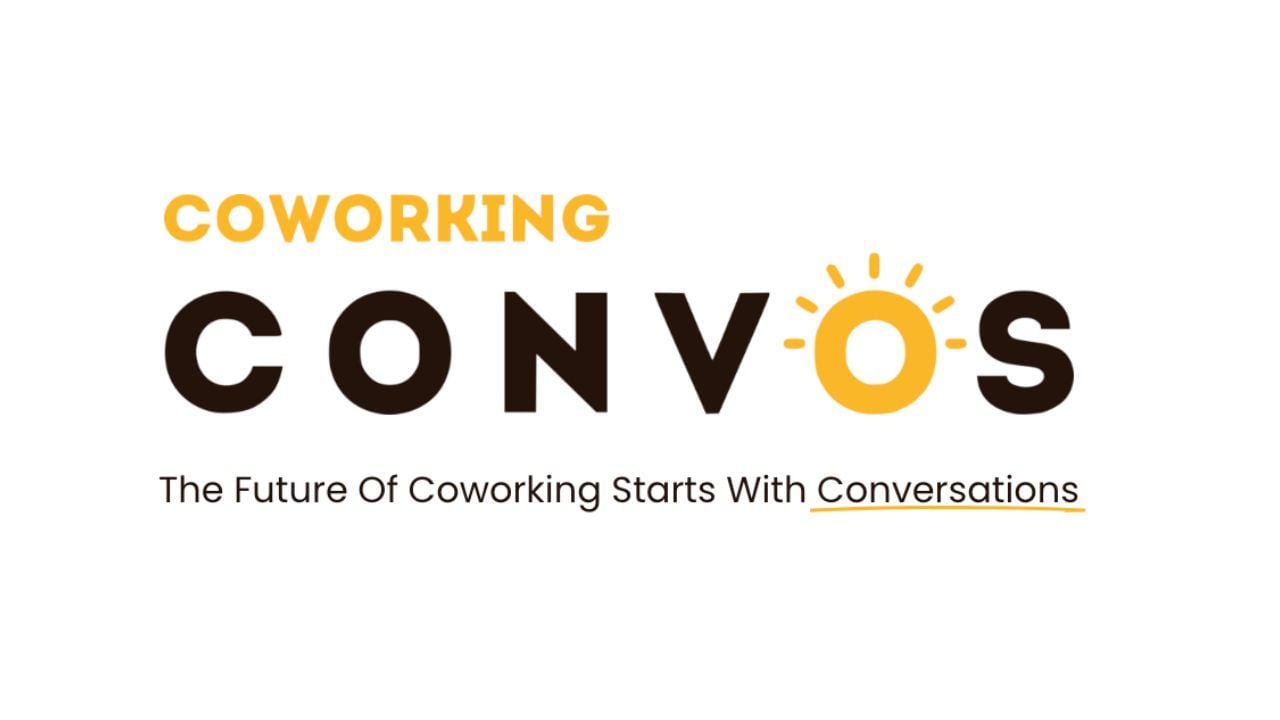Workplace culture has come to the forefront in the discussion of digital transformation. Businesses that are able to establish culture are guaranteed success in digital transformation.
A Garter 2018 CIO survey showed that ‘culture is identified by 46% of CIOs as the greatest barrier to realizing the promise of digital business.”
Gartner also created the concept of the “ContinuousNext”— an equation that helps companies embrace change — that is as follows: (Mindsets + Practices) x Technology = Capabilities
So how does a company successfully establish a culture?
First, make sure everyone is on board with digital transformation projects in order to attain the same goal. This gives employees from all departments to have a sense of purpose and place within the company.
Next, making sure all employees are clear about the outcomes of digital transformation is key. Engaging staff from the very start and involving them in the thought process can keep everyone in sync.
Essentially, employee-driven change makes the biggest impact when implementing digital transformation in the workplace.
SMART (specific, measurable, achievable, realistic, time-based) goals are also a great way to get teams and individuals to stay committed to projects.
Creating smaller, achievable goals using this structure can keep the staff more productive while working towards the end goal
Maybe most important of all is allowing teams to find the best task solutions that work best for them. Being able to identify your particular strengths and weaknesses within a project is also important in coming together to fulfill a company-wide goal.

 Dr. Gleb Tsipursky – The Office Whisperer
Dr. Gleb Tsipursky – The Office Whisperer Cat Johnson – Coworking Marketing Maven
Cat Johnson – Coworking Marketing Maven Angela Howard – Culture Expert
Angela Howard – Culture Expert Drew Jones – Design & Innovation
Drew Jones – Design & Innovation Andrea Pirrotti-Dranchak – Competitive Advantage
Andrea Pirrotti-Dranchak – Competitive Advantage Jonathan Price – CRE & Flex Expert
Jonathan Price – CRE & Flex Expert Jeremy Fennema – Tech Innovation Alchemist
Jeremy Fennema – Tech Innovation Alchemist











